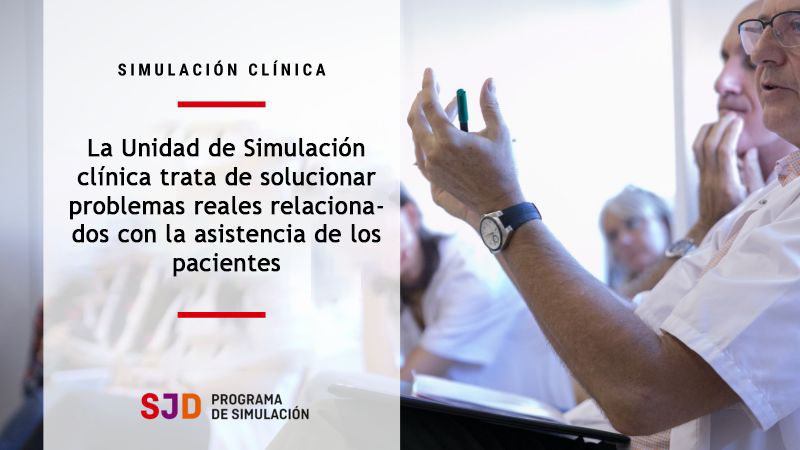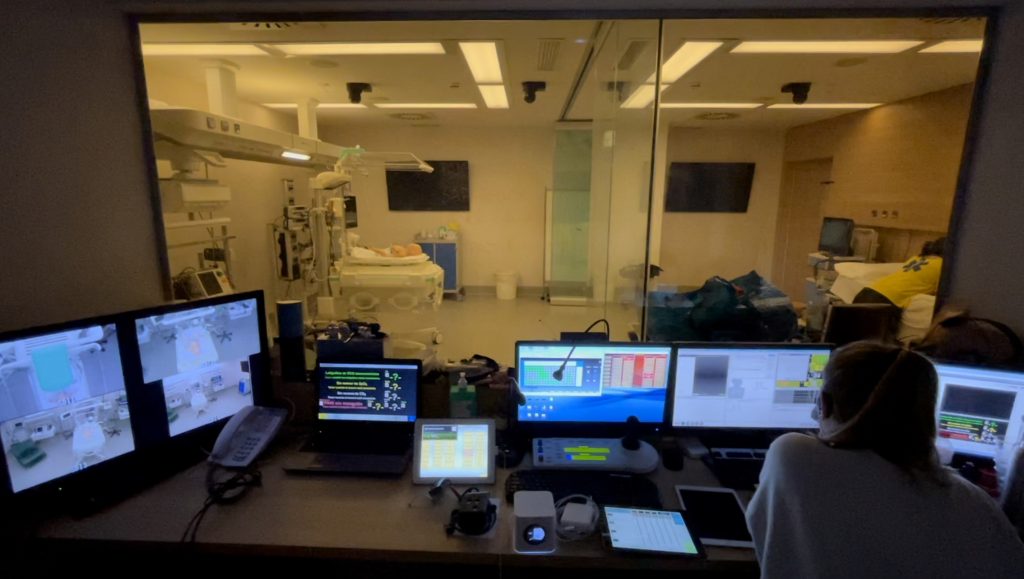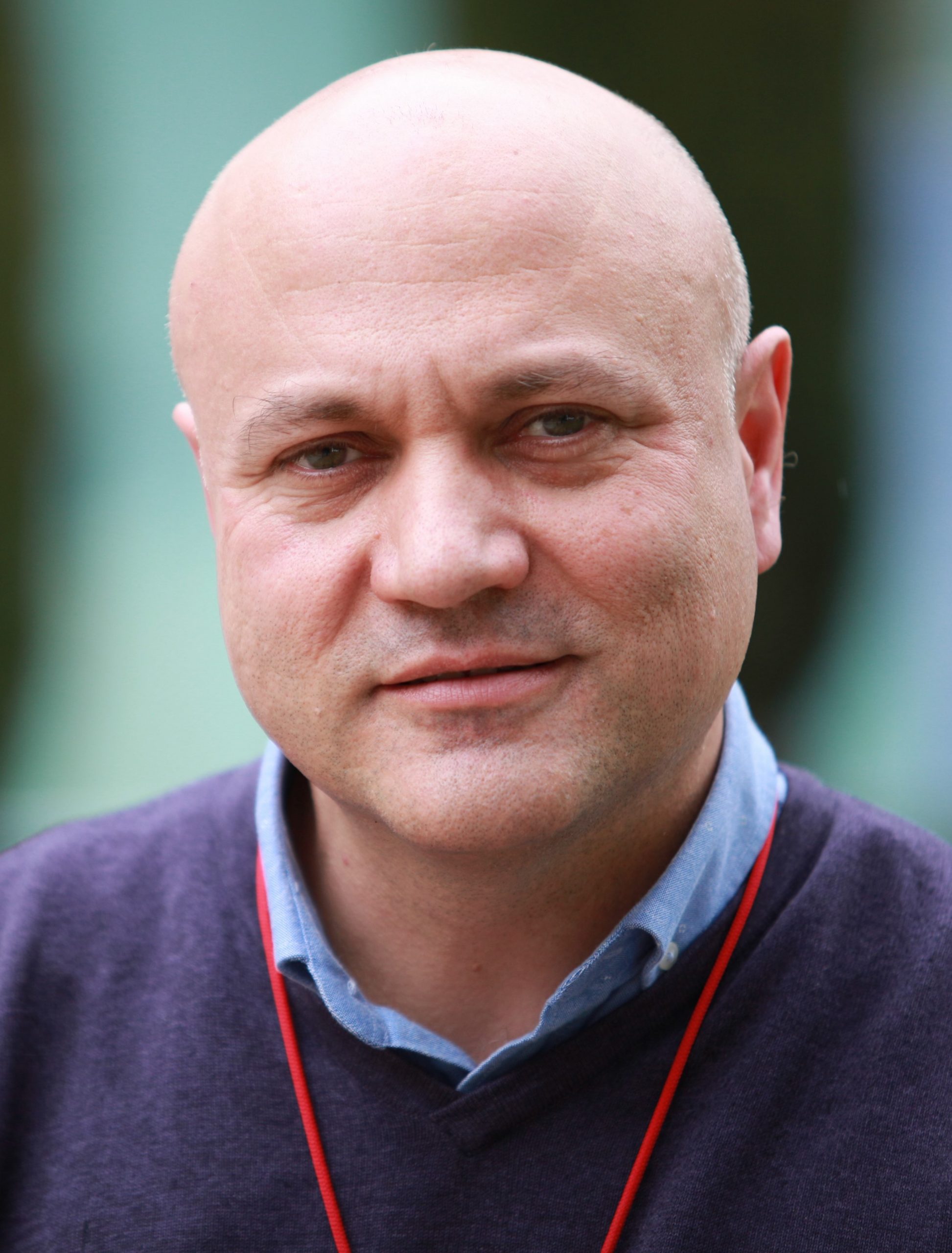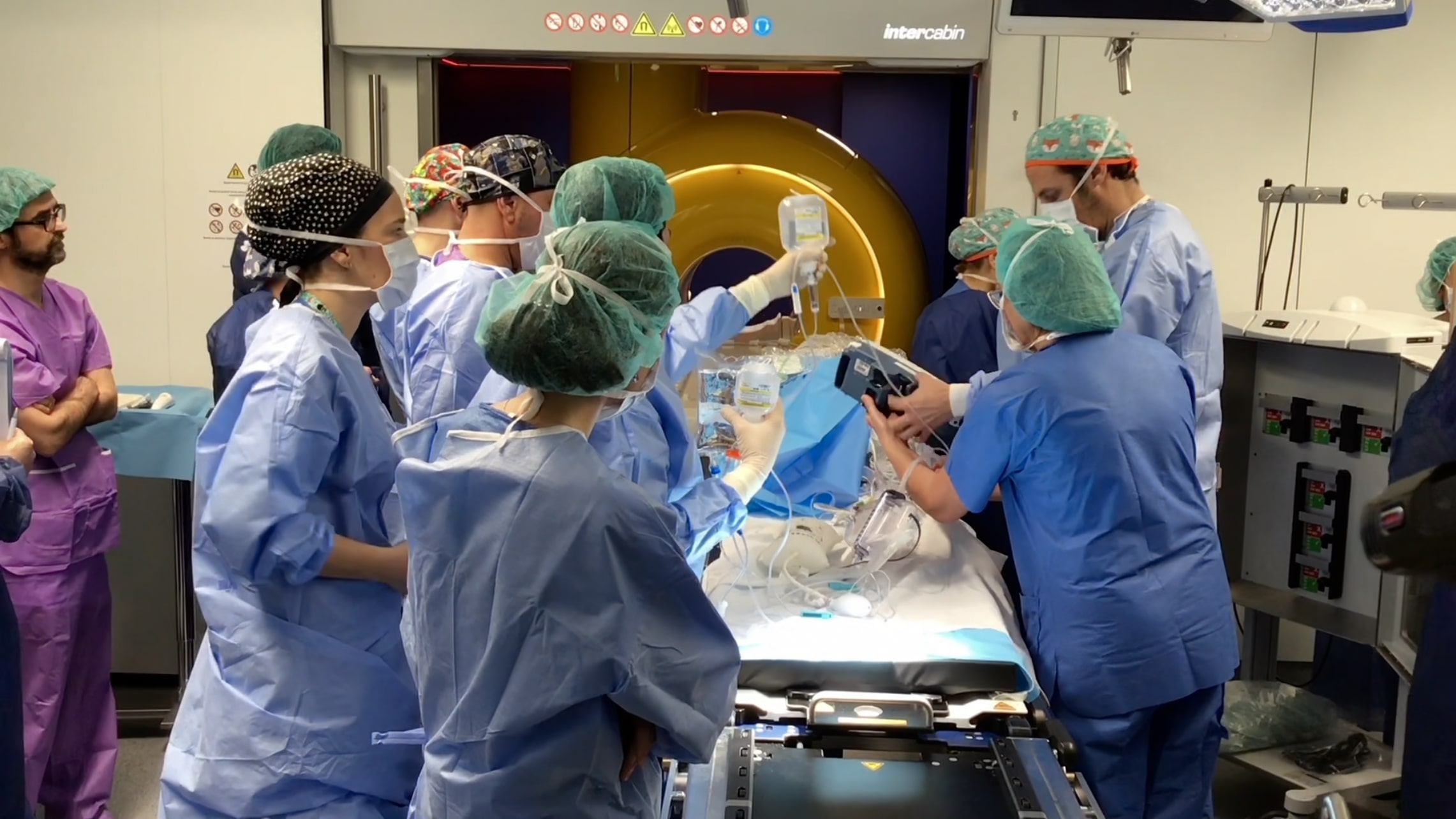The Simulation Unit of the Sant Joan de Déu Hospital in Barcelona solves real problems in patient care.
Clinical simulation is used in the training of health professionals in various fields such as universities, simulation centers and also hospitals and other healthcare institutions. The most widespread view of clinical simulation is that of an effective teaching methodology, which achieves a high degree of participant engagement. Does this very “academic” perspective of clinical simulation fully fit in an organization with a healthcare mission? The most common thing when it comes to integrating simulation in a hospital, as an example of a care institution, is to conceive it in the “corner” of teaching and consider it as a capacity of creating more practical courses and workshops, more effectively than the classic master sessions of a lifetime.
From our point of view, integrated simulation in a hospital must be understood in a different and much more ambitious way. Our Clinical Simulation Unit, which has been affiliated with Boston Children’s Hospital Immersive Design Systems for 10 years, is conceived from a vision of clinical service that supports the needs of the hospital, its mission. We can explain this model by talking about 3 aspects: the concept, the integration into the institution and the services that the unit provides.

The concept
Understanding the Simulation Unit as a clinical service is stating that its mission is not simply to educate but to solve real problems related to patient care. The simulation activities organized by our unit have evolved over the years and have gone from being training projects to becoming more and more improvement programs that follow a life cycle according to the sequence of need – design – implementation – impact assessment. These programs respond to change needs raised by clinical areas of the hospital or by transversal departments such as Patient Safety or Patient Experience and cover initiatives far beyond training.
Integration into the institution
Our Simulation Unit is a small organization within an organization. It has a reduced nucleus of people with exclusive or almost exclusive dedication, both with a clinical profile and with a technical profile or operations management. This “core” group coordinates and supports simulation referents and facilitators who belong to the staff of various hospital departments. Those responsible for the Simulation Unit are part of some cross-sectional committees of the hospital and are connected with the healthcare departments and with the Clinical Safety and Patient Experience department. The unit’s material resources include dedicated spaces (simulation and debriefing rooms) and equipment to carry out on-site simulations in real work areas or even outdoors.

Service lines
We can explain our activity grouped into 4 service lines, which are combined according to the needs of each program or project:
On the SIMTrain line we use simulation as a learning and growth strategy for people and work teams. We create programs dedicated, for example, to enhancing technical skills, both basic (professionals in training or new recruits) and highly specialized (for example, ECMO, CART-19, extrarenal clearance or open chest resuscitation programs). We also work on the relationship and communication between people through simulation with professional actors and actresses, with multidisciplinary programs and with programs dedicated to residents in training (such as MIRame for residents from all over Catalonia). Finally, we have created programs for the acquisition of collaborative work skills for residents (SIM4R program) and for the development of real multi-professional teams (Sim4Teams program, which combines elements of Crisis Resource Management and TeamSTEPPS with “double loop” learning from Argyris. )
In the SIMTest line, simulation becomes a tool for the analysis and design of work systems. We prepare and implement simulations to make decisions about spaces that have not yet been built, materializing the architectural plan with real-size cardboard walls and putting professionals to work in that simulated environment, or to analyze the safety of spaces and equipment already built, before use them with real patients. We test and refine work processes through simulation, bringing work-as-imagined and work-as-done closer together.

We have also developed a line of SIMEngineering, in which we build our own simulation models, combining 3D printing with digital manufacturing techniques, modeling of various materials (medical grade silicone, gelatin, latex, resins…) and hyperrealism, with the purpose of improving the fidelity of our simulations and increasing their potential. Some pieces created in this way are to be combined with the patient simulators and others are independent models to train specific skills. We work together with the 3D4H Unit in the production of models for surgical planning.
Lastly, through the SIMNetwork line we encourage the development of clinical simulation beyond our walls, training new simulation facilitators and supporting simulation programs from other institutions.
Conclusion
A Clinical Simulation Unit integrated into a healthcare organization is an accelerator of change for people, work teams and the organization itself, to design the best future. Our reason for being is our motto:
“Aprender de la vida antes de que suceda”
READ ALSO































